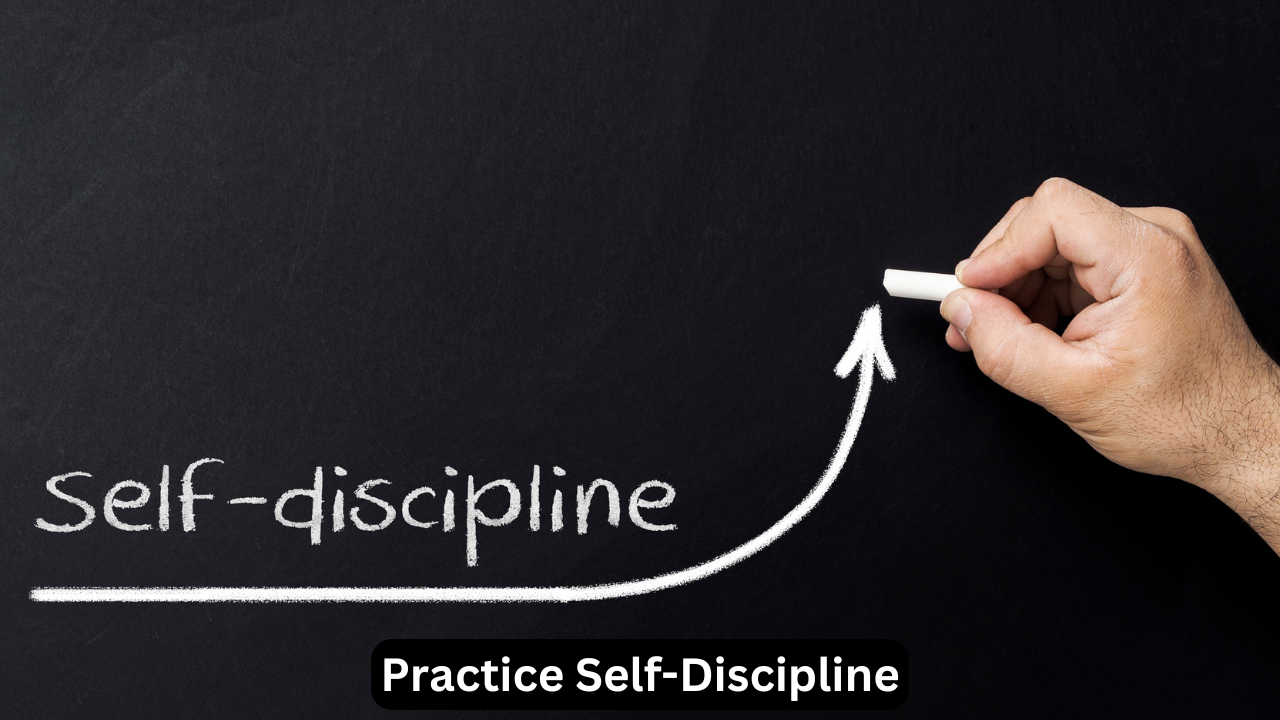Middle school students can excel academically by following structured study habits, staying organized, and practicing active learning techniques tailored to their needs.
Middle school is a pivotal phase in a student’s life where they transition into more demanding academics and begin laying the groundwork for high school. Mastering effective study skills during these years not only enhances academic performance but also builds confidence and resilience. This article provides 15 highly effective study tips for middle school students, ensuring they stay ahead in their learning journey. With practical strategies and solutions for common challenges, this guide will help students thrive academically.
The Importance of Middle School Education for Students
Middle school is a pivotal time when students face more complex subjects and learn to manage their responsibilities. It’s often the first time they experience different teachers with varying expectations for projects, homework, and exams. This requires adaptability and mental flexibility as they adjust to changing schedules and workloads.
During this time, gaps in study skills become more apparent, and students must take greater responsibility for their grades. Developing strong study habits in middle school is crucial—without them, students may struggle in high school, lacking confidence and motivation. On the other hand, mastering these skills early sets the stage for academic success, while also fostering perseverance, a growth mindset, and grit that will carry them through life.
1. Create a Dedicated and Comfortable Study Space

Having a dedicated study area is crucial for focus and productivity. Choose a quiet, well-lit spot in your home where distractions are minimal. Ensure the space is equipped with essential supplies such as textbooks, notebooks, a computer, and stationery.
Encourage students to personalize their study area with inspiring quotes or their favorite colors, making it more inviting. Avoid placing distractions like phones or gaming consoles nearby. A clean and clutter-free environment helps middle school students concentrate better and creates a positive association with studying.
2. Develop a Consistent Study Routine
A structured study routine reinforces discipline and boosts efficiency. Set aside a specific time each day for studying, aligning with the student’s natural energy levels. For example, some students are more productive in the morning, while others prefer evenings.
Using a planner or calendar can help schedule study blocks for different subjects. A consistent routine creates a sense of predictability, reducing procrastination. Encourage middle school students to stick to their schedule even on weekends to establish consistency.
3. Set Clear and Achievable Goals
Setting clear objectives motivates middle school students to stay on track. These goals can be short-term, such as completing a math worksheet, or long-term, like improving grades in a particular subject by the end of the semester.
Write down these goals and review them periodically to measure progress. Encourage students to break larger goals into smaller, actionable steps. Celebrate their achievements, no matter how small, to maintain enthusiasm and build confidence.
4. Practice Active Learning Techniques
Active learning engages the mind more effectively than passive reading or rote memorization. Encourage middle school students to utilize techniques such as:
- Flashcards for vocabulary and key concepts.
- Mind maps for visualizing complex topics.
- Self-quizzing to test their understanding.
- Teaching a topic to a friend, which reinforces learning.
Active participation in the learning process enhances retention and understanding, making it easier for students to grasp challenging material.
5. Break Study Sessions into Manageable Chunks
Long study sessions can lead to burnout and reduced productivity. Instead, break them into smaller, focused intervals. The Pomodoro Technique is an excellent approach where students study for 25 minutes and take a 5-minute break.
During breaks, encourage activities like stretching, walking, or even a quick snack. This helps refresh the mind and prepares it for the next session. Middle school students will find it easier to maintain focus using this strategy.
6. Prioritize Challenging Subjects
Tackling difficult subjects first ensures that students approach them with a fresh mind and maximum energy. For instance, if science is particularly challenging, start with that before moving on to easier assignments.
Prioritizing tasks based on difficulty or deadlines helps middle school students stay organized and manage their time better. Completing harder tasks early also gives them a sense of accomplishment and motivation to continue.
7. Stay Organized with Tools and Techniques

Being organized prevents last-minute panic and missed deadlines. Middle school students can use tools like planners, to-do lists, and apps like Google Calendar for time management.
Organization Tools for Middle School Students
| Tool/Method | Purpose | Example |
|---|---|---|
| Planner/Calendar | Scheduling study sessions | Google Calendar, Notion |
| Flashcard Apps | Memorizing key concepts | Quizlet, Anki |
| Subject-Specific Folders | Keeping notes and handouts | Color-coded folders |
Color-coded folders for each subject and labeling notebooks can make finding materials easier. A well-organized system builds discipline and saves time during study sessions.
8. Take Comprehensive Notes
Effective note-taking is an invaluable skill for middle school students. Encourage them to summarize lessons in their own words, highlighting key points and adding visual aids like diagrams or charts.
Teach methods such as the Cornell Note-Taking System, where notes are divided into cues, main content, and a summary. Reviewing these notes weekly helps reinforce learning and prepares students for exams.
9. Incorporate Technology Wisely
Technology offers numerous resources for learning but can also be a major distraction. Encourage middle school students to use educational tools such as Khan Academy, Google Classroom, or Grammarly to supplement their studies.
Limit non-academic screen time during study hours to maintain focus. Using apps that block social media or other distractions can be beneficial in staying on task.
10. Practice Time Management
Time management is critical for balancing academics, extracurricular activities, and personal time. Introduce students to methods like the Eisenhower Matrix, which helps prioritize tasks based on urgency and importance.
Time Management Chart for Middle School Students
| Task Type | Action |
|---|---|
| Urgent and Important | Do immediately |
| Important but Not Urgent | Schedule for later |
| Urgent but Not Important | Delegate |
| Neither Urgent nor Important | Eliminate |
Using this framework, students can avoid feeling overwhelmed and stay productive.
11. Review Regularly for Better Retention
Cramming the night before exams is ineffective and stressful. Middle school students should allocate time for regular reviews to reinforce concepts. Weekly or bi-weekly revision sessions ensure information stays fresh.
Techniques like re-reading notes, solving practice questions, or creating summary sheets are excellent for retention. Students can also use spaced repetition apps to review topics at optimal intervals.
12. Take Care of Physical and Mental Health
A healthy mind resides in a healthy body. Encourage middle school students to maintain a balanced diet, stay hydrated, and engage in regular physical activity. Exercise boosts concentration and reduces stress.
Adequate sleep is equally important for memory and focus. Middle school students should aim for 8-10 hours of sleep daily. Mindfulness practices like meditation can help manage anxiety during exams.
13. Ask for Help When Needed
It’s important for middle school students to understand that asking for help is a sign of strength, not weakness. Whether they’re struggling with math problems or understanding a science concept, they should reach out to teachers, parents, or peers for support.
Participating in study groups or hiring a tutor can provide additional assistance. Encouraging open communication ensures that students never feel stuck or discouraged.
14. Stay Positive and Focused
Cultivating a positive attitude helps middle school students approach challenges with confidence. Teach them to reframe negative thoughts, such as “I can’t do this,” into “I’ll try my best.”
Visualizing success and celebrating small wins keep students motivated. Overcoming small hurdles builds resilience, preparing them for bigger academic challenges ahead.
15. Practice Self-Discipline

Self-discipline is the cornerstone of academic success. Teach middle school students the importance of sticking to their schedules, avoiding procrastination, and staying committed to their goals.
Small steps, like finishing homework before leisure activities, build the habit of discipline. Over time, this becomes an integral part of their routine, leading to consistent performance.
FAQs: Study Tips for Middle School Students
1. How much time should middle school students spend studying daily?
Middle school students should aim to study for 1-2 hours daily, depending on their workload and learning goals.
2. What’s the best way to create a study schedule?
Using a planner or digital calendar, block specific times for each subject, factoring in breaks and revisions.
3. How can middle school students improve their concentration?
Creating a distraction-free study space, using active learning techniques, and taking regular breaks enhance focus.
4. Why is note-taking important for middle school students?
Notes summarize lessons, making it easier to review and understand complex topics during exams.
5. How can parents support their children’s study habits?
Parents can provide a dedicated study area, help create schedules, and encourage positive reinforcement.
6. Should middle school students study alone or in groups?
Both methods have benefits. Individual study helps focus, while group study encourages collaborative learning.
7. How can students stay motivated to study regularly?
Setting achievable goals, celebrating progress, and visualizing success help maintain motivation.
8. What should students do if they feel overwhelmed?
Take short breaks, prioritize tasks, and seek help from teachers or parents to manage stress effectively.
Conclusion
By embracing these 15 study tips, middle school students can significantly boost their academic performance, build unshakable confidence, and develop habits that will set the foundation for lifelong success. Consistency, adaptability, and a positive mindset are the keys to unlocking their full potential. Remember, it’s not about being perfect—it’s about making steady progress and staying committed to growth. With the right tools and attitude, students can transform challenges into opportunities and set themselves up for success in middle school, high school, and beyond! Please follow our blog Educationewz.



